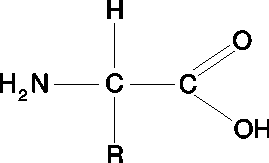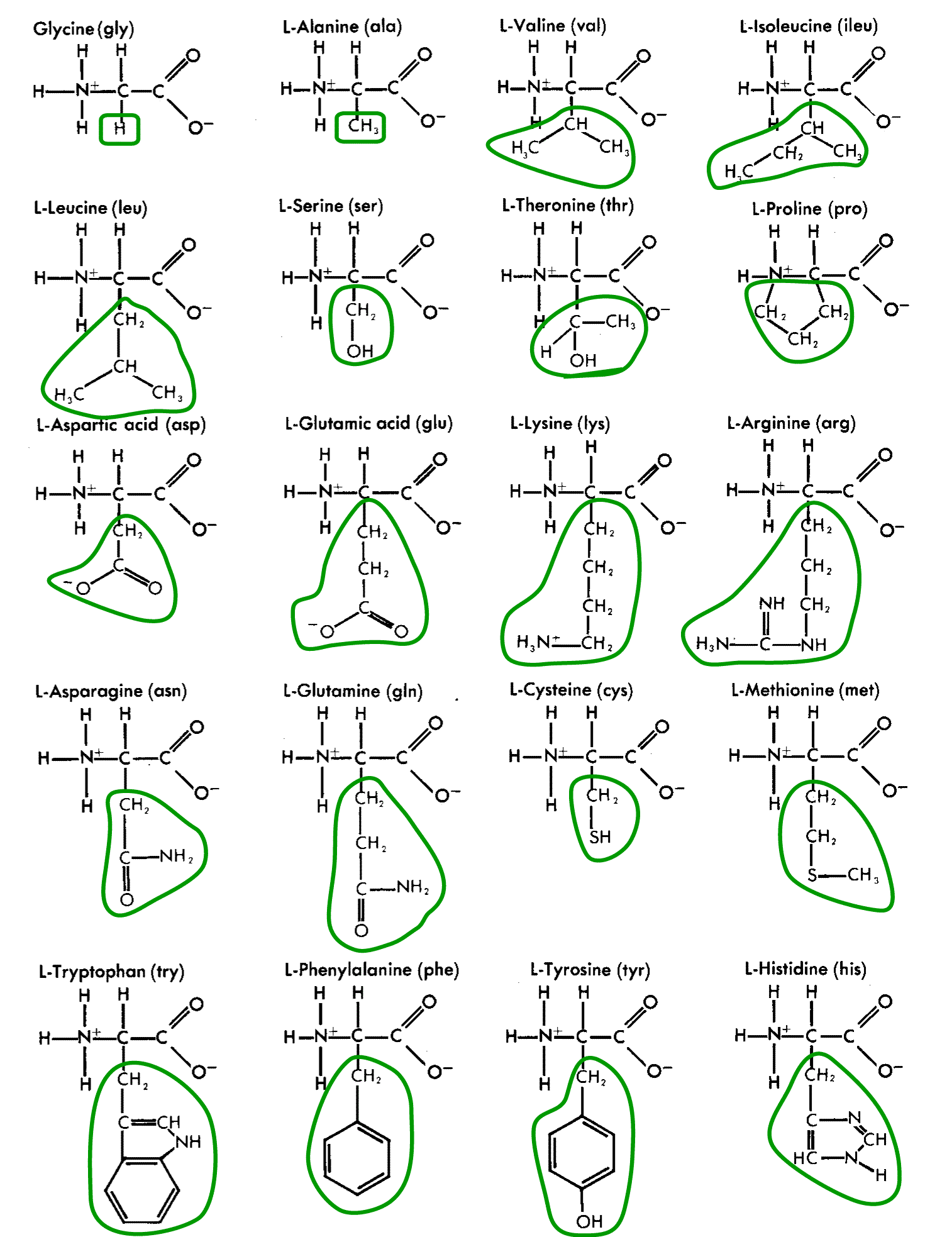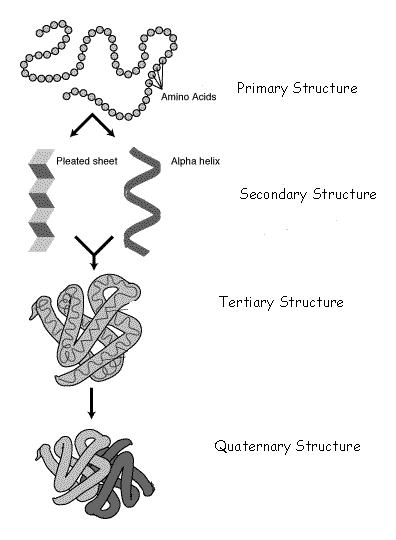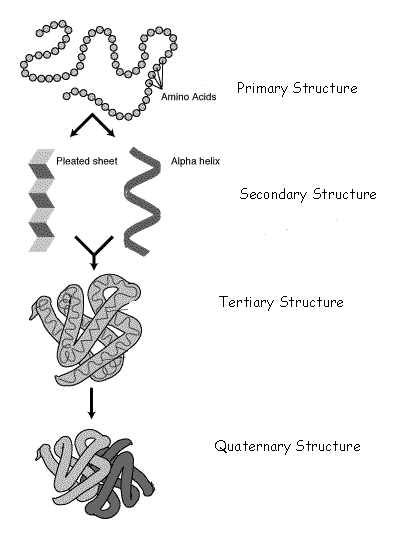The functions of proteins are the essence of life itself. They make up more than 50% of the dry mass of animals. Many of an organism’s proteins are enzymes, special proteins that speed up the rate of chemical reactions in the cell. Enzymes are tiny molecular tools that temporarily combine with the substrates (ingredients) for a specific reaction and hold them at the correct angle for a reaction to occur. The enzyme may also pull on bonds and loosen them. This lowers the amount of energy needed for the reaction to proceed so it can occur at a much lower temperature than would be necessary without the enzyme (meaning that your cells don’t have to heat up every time a reaction occurs). Each of the thousands of enzymes in the human body is specific to one (or, in some cases, more) particular reaction. In addition, proteins play a myriad of other roles in cells. A few examples are shown in the table below.





